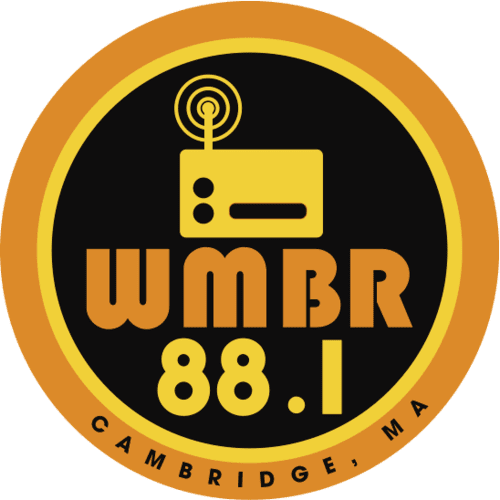HAAT 90 meters Facility ID 64683 City of license Cambridge Area Greater Boston | Class A Frequency 88.1 MHz Format Freeform Slogan First on your FM Dial | |
 | ||
First air date April 10, 1961 (1961-04-10) Owner Technology Broadcasting Corporation Call sign meaning Walker Memorial Basement Radio | ||
Charlie veitch on wmbr mit student radio
WMBR is the Massachusetts Institute of Technology's student-run college radio station, licensed to Cambridge, Massachusetts, and broadcasting on 88.1 FM. It is all-volunteer and funded by listener donations and MIT funds. Both students and community members can apply for positions, and like many college radio stations, WMBR offers diverse programming.
Contents
- Charlie veitch on wmbr mit student radio
- Radio wmbr global frequeny estados unidos cabide dj dvd cabide dj internacional
- History
- References
As of September 2016, the general manager is Jon Beaulieu and the program director is Jenny Chen.
The station's board of trustees is the Technology Broadcasting Corporation, whose members are appointed by the President of MIT. The officers are: President - Marianna Parker; Vice President - Anne Slinn; Clerk - Todd Glickman; Treasurer - Shawn Mamros.
Radio wmbr global frequeny estados unidos cabide dj dvd cabide dj internacional
History
WMBR is the third set of call letters for the station.
The first MIT student broadcasting station first signed on as WMIT on November 25, 1946. It had a "carrier current" AM transmitter located in the Ware entryway of Senior House dormitory and broadcast over power lines at 800, and later 640 kHz (called "kilocycles" at the time). Audible only within a few hundred feet of the dorms, under FCC Part 15 regulations it could and did broadcast commercials and was self-supporting. The station simultaneously provided audio signals of its broadcasts over "dorm line" wires that ran past exterior windows of the MIT dormitories, for residents to connect to their hi-fi gear. An early experiment in stereo broadcasting, in 1960, put one stereo channel on the AM signal and the other on the dorm lines.
In the mid-1950s, the possibility of an FM license was explored and it was discovered that the call letters WMIT were (and still are) in use by a North Carolina station serving the Asheville area. WTBS (for "Technology Broadcasting System") was chosen as the best alternative. New facilities were constructed in the basement of Walker Memorial, including a switching and mixing console designed by A. R. Kent and Barry Blesser, believed to be one of the first all-transistorized consoles ever built. On April 10, 1961, WTBS-FM signed on with 14 watts of effective radiated power at 88.1 Megahertz FM.
WTBS continued to operate the carrier-current system to the dormitories, with an identical program, except for commercial breaks, during which the noncommercial FM station filled time with public-service announcements, and, later, parody "ads" for fictitious products such as "Apple Gunkies" and firms such as "Nocturnal Aviation". The all-request "Nite Owl" was a popular weekend feature, and a "Waveform of the Week" was broadcast for the enjoyment of MIT students watching the program on oscilloscopes.
In 1978, Ted Turner, then operator of WTCG in Atlanta, Georgia, wanted to use the call letters "WTBS" (for Turner Broadcasting System). Although call letters are not technically for sale, Turner and WTBS worked out a strategem whereby Turner gave a $25,000 donation to WTBS with an agreement that WTBS would apply for new call letters, with a second donation of $25,000 promised if the FCC were to subsequently grant the letters "WTBS" to Turner. All went as planned, WTBS used the donation for new transmitter equipment, and on November 10, 1979, the station signed on as WMBR with 200 watts of power. (The Atlanta station has since changed its call letters to WPCH-TV.)
